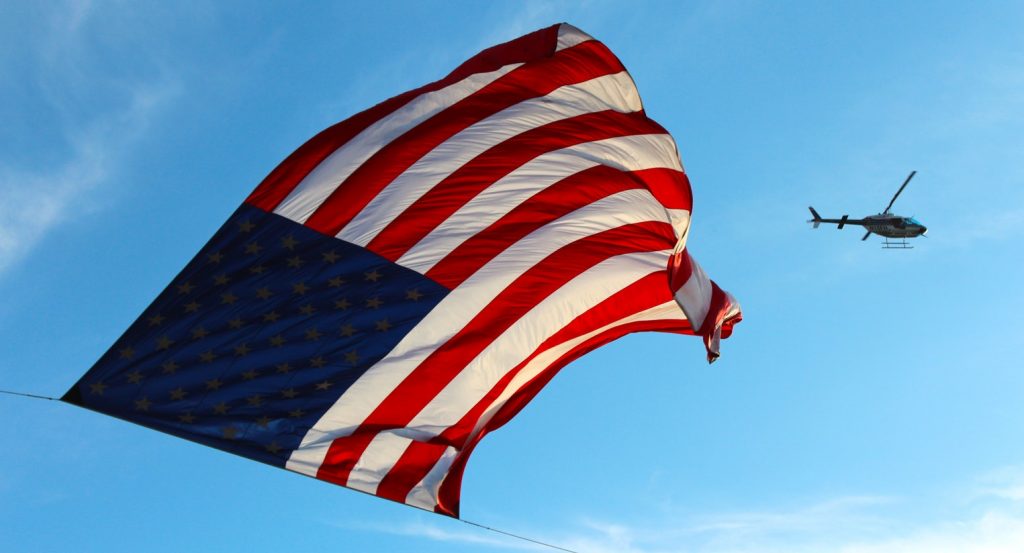The Visa Waiver Program (VWP) has allowed the U.S. government to secure the country from mass arrivals of foreigners on U.S. soil and has also made it easier for applicants to travel to the United States. However, the Visa Waiver Program (VWP) is not available to everyone. Those not eligible for the ESTA form will need to apply for a USA visa in order to stay legally in the United States.
In this article, we will look at the different types of American visas and their specificities so that you know which travel authorization is the most suitable for your stay in the United States.
U.S. visas for non-immigrants
Non-immigrant visas are for temporary stays. This category of visa includes different American visas: the tourist visa, the work visa or the student visa.
First of all, you should know that despite the many visas available, all of them require :
- Complete form DS-160 online;
- Please supply passport-size photos to the required standards;
- A valid biometric or electronic passport;
- Complete the supporting file at an American embassy.
B2 tourist visa and C transit visa
The main visa categories used are :
- Business travel (B1 visa): attending conferences, meetings, signing contracts, etc. ;
- Tourist travel and visitors for medical treatment (B2 visa) ;
- Transiting the United States (C visa).
The B1 and B2 visas allow holders to stay 6 months in the United States.
This category concerns applicants who are unable to apply for an ESTA. The ESTA authorization covers the same travel purposes as the USA tourist visa (tourism, business travel and transit), but with more limited conditions (maximum 90-day stay in the USA for countries covered by the VWP).
We advise you to find out about the conditions of an ESTA, as this travel authorization is much simpler to obtain thanks to its price, its online process and its ease of understanding. With this document, your dream trip to New York, New Mexico, or a roadtrip to the West Coast can become more quickly accessible.

The work visa
Probably the category with the most possibilities, the USA visa to work in the USA offers visas adapted to each socio-professional category, here is the list:
- D1 visa for crew members leaving the U.S. on the same plane or ship and D2 visa if the plane or ship is different from the one used on arrival;
- visa I for media;
- E1 visa for traders and E2 visa for investors;
- E3 visa for Australian workers going to the US to work temporarily in a skilled occupation;
- H1B visa for specialized professions in areas requiring special knowledge;
- H2A visa for seasonal agricultural intermediate workers and H-2B visa for non-agricultural intermediate workers;
- H3 visa to do a non-student internship in the USA;
- L visa for intra-company transfers;
- O1 visa Foreign citizens with extraordinary scientific, artistic, educational, business or athletic ability;
- P visa for athletes, artists, coaches;
- J and Q visas for cultural exchange programs;
- the R visa for religious workers.
The American visa to study
When you want to continue your studies in the United States, to discover the famous campuses and the American culture, you must obtain an American student visa. There are three different ones:
- F-1 visa for university students or language stays;
- M-1 visa for technical or professional students;
- the J-1 visa for an au pair stay with a host family, exchange programs (such as Erasmus and its exchange program) or professional internships for students in the USA, professors or researchers.
Before you can apply for a visa (F-1, J-1 or M-1), you must first have been admitted to an American university, educational program or sponsoring organization. In addition, there is a fee for registration in SEVIS (the information system for students and visitors in the United States as part of an exchange). These steps are mandatory and necessary in order to present yourself to the French embassy or consulate general with a complete file.